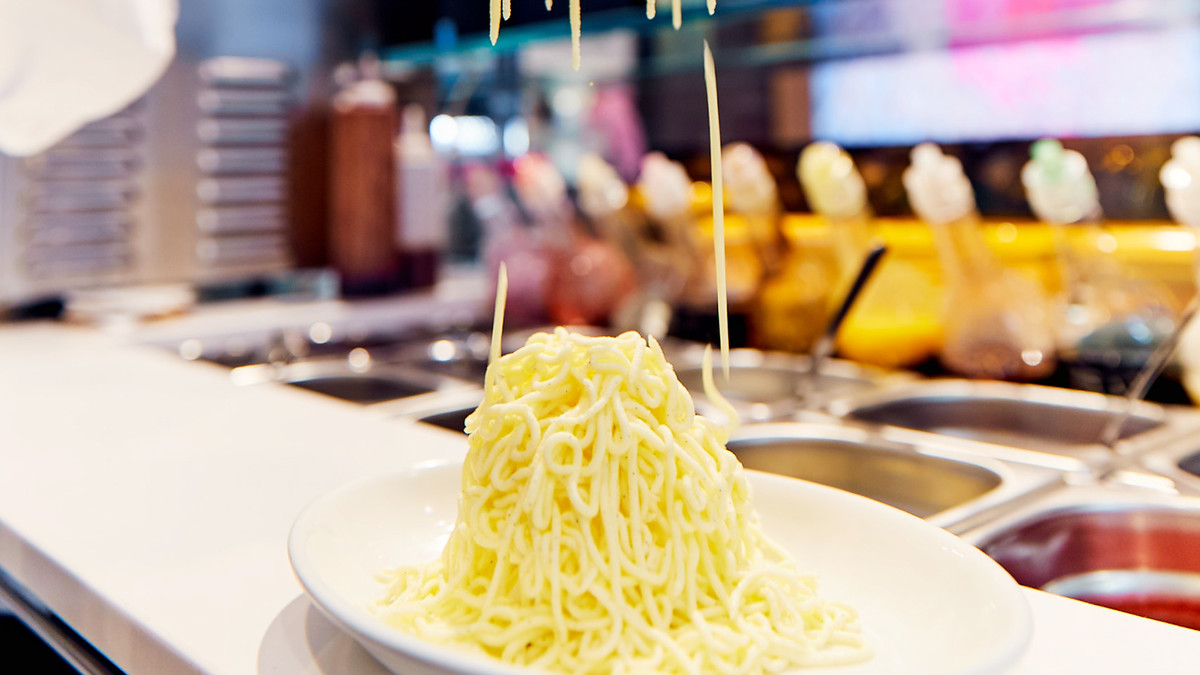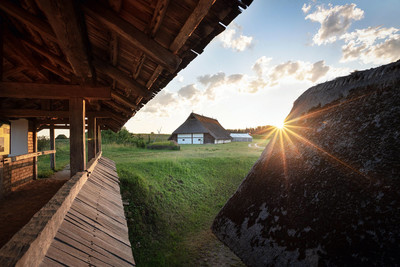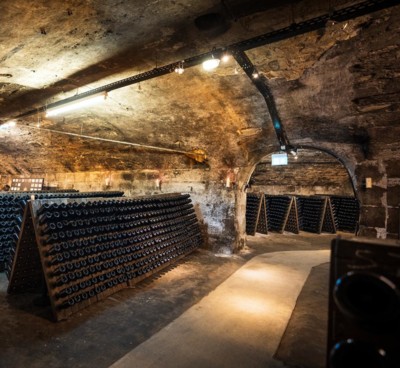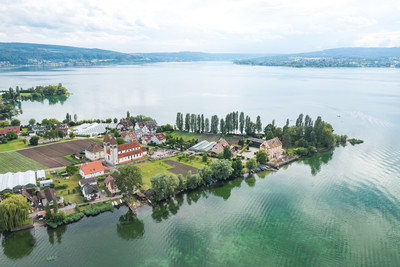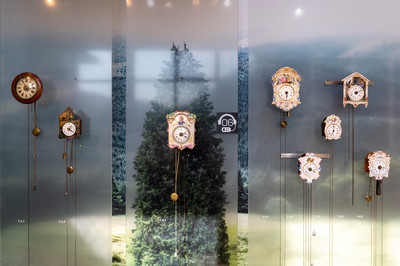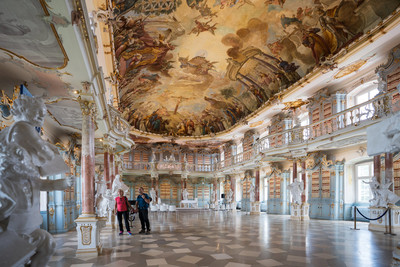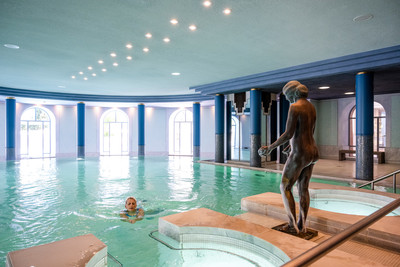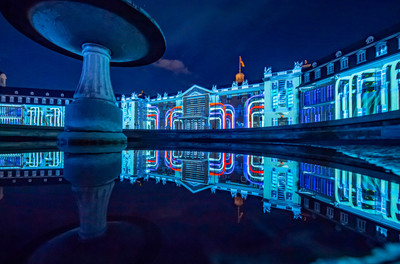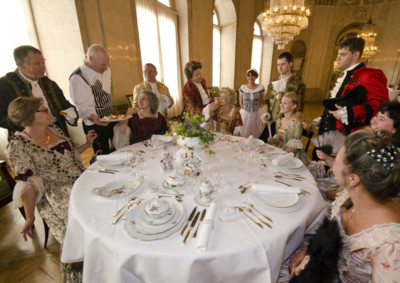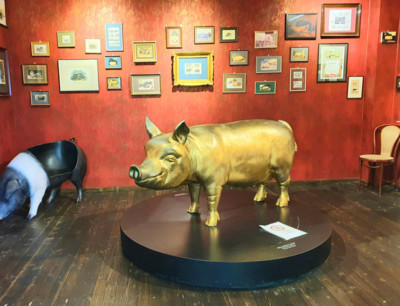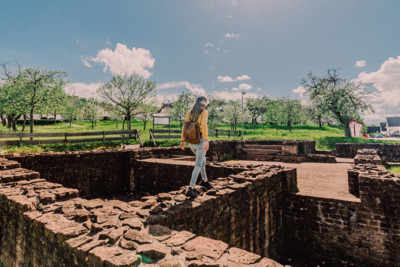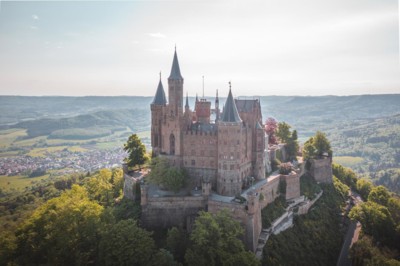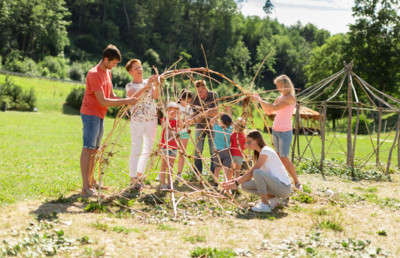Famous brands and their history
From idea to best-seller
© Teymur Madjderey
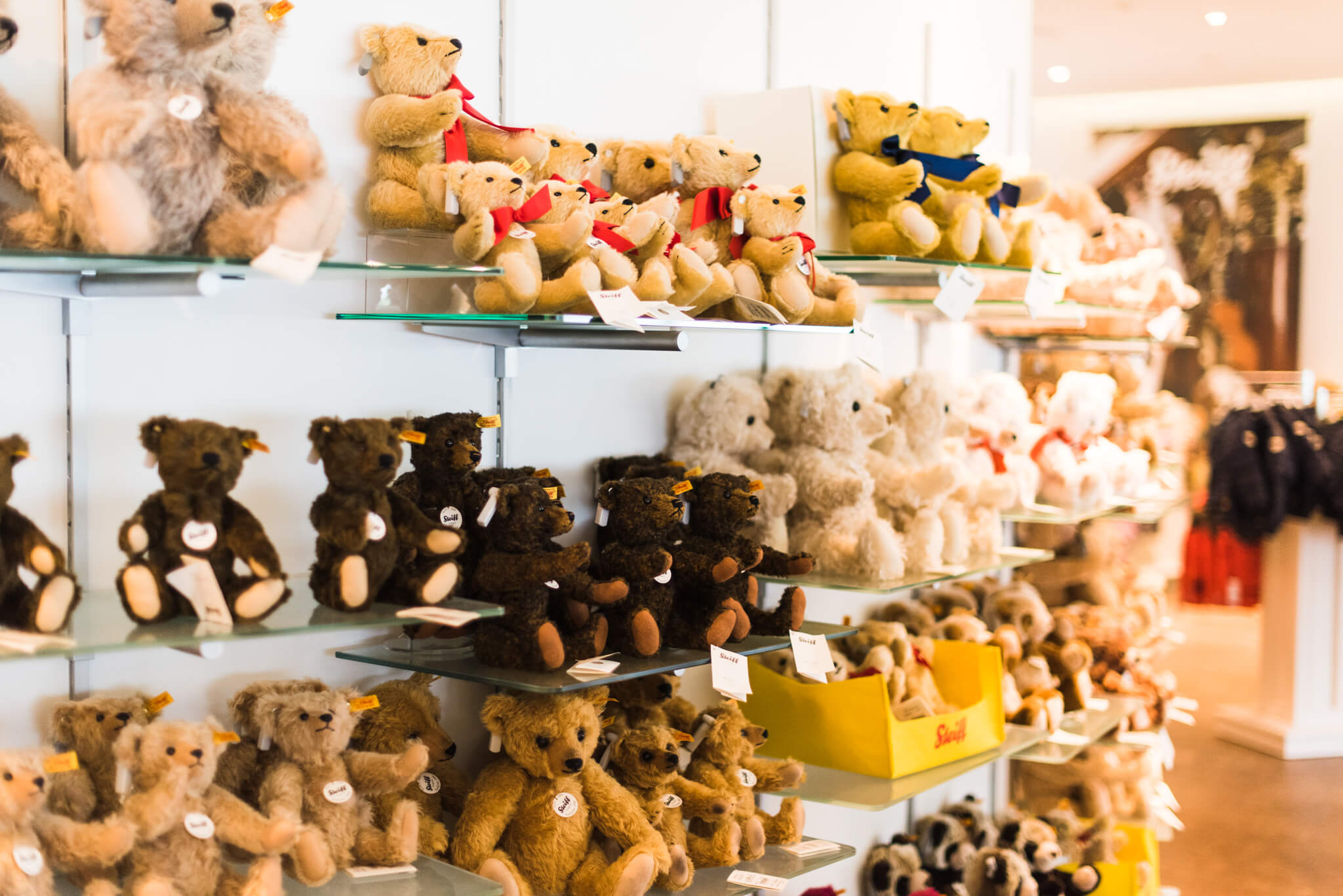

BW-Story - Hirsch & Greif
Quality made in Baden-Württemberg
Do you fancy lifting the curtain on history, ever so slightly? Here we present entrepreneurs and inventors whose products have made the world more enjoyable, more comfortable and more exciting
1. Spaghetti Ice
Vanilla-flavoured pasta
Eis Fontanella Mannheim
Dario Fontanella was eating chestnut purée when he had the idea for spaghetti ice-cream. That was in 1969. The ice-cream maker has been credited as the inventor of this delicacy ever since. Even today, Dario makes the frozen dessert himself in the traditional way. He operates two ice-cream parlours in Mannheim, which offer more than 50 ice-cream flavours – but his spaghetti ice-cream has always been the highlight.
 The sweet square
The sweet square
2. Ritter Sport
The sweet square
Museum Ritter Waldenbuch
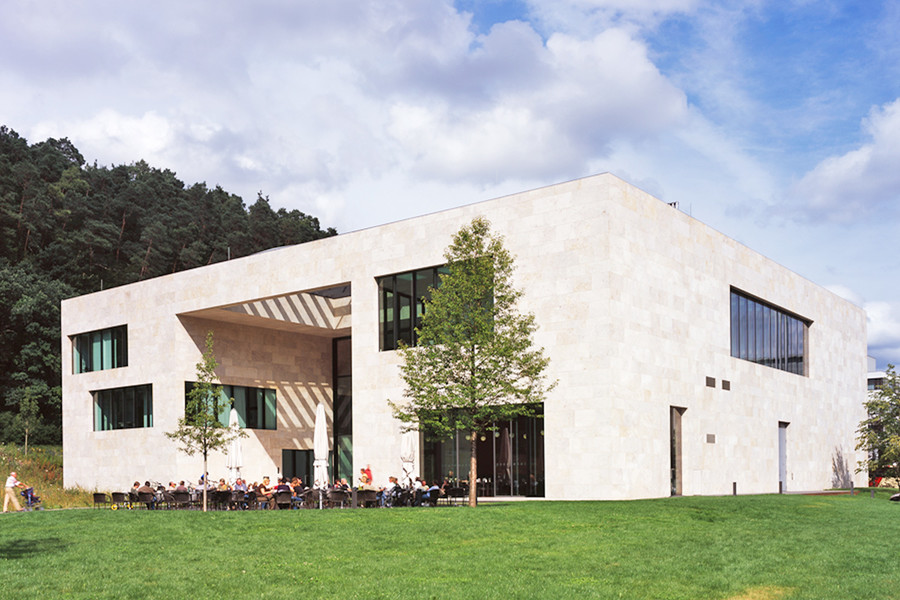
The Museum Ritter in Waldenbuch focuses on the square shape. Of course, there's chocolate, too. | © Museum Ritter, Stefan Müller
| © Museum Ritter, Stefan Müller“Quality, chocolate, squared” – we all know the slogan and the chocolate itself. But how did it all begin? Alfred Eugen Ritter and his wife Clara established a chocolate and confectionery factory in Bad Cannstatt in 1912, but production today takes place in Waldenbuch. The Museum Ritter is right next door, where everything is a homage to the square. There is also a separate Ritter Sport Chocolate Museum.
3. Roller Coaster
Inspired by travel
Europa-Park in Rust
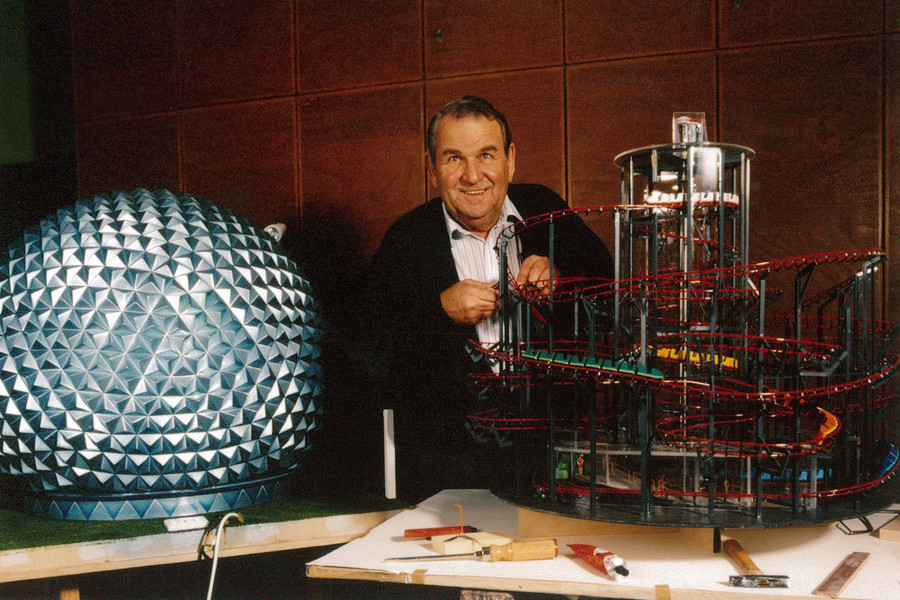
Europa-Park founder Franz Mack tinkering with his Eurosat roller coaster model. | © Europa-Park, Mack
| © Europa-Park, MackWhat would an amusement park be without a rollercoaster? Franz Mack (pictured) is a gifted inventor from Südbaden, and going up high and coming down fast in Europa-Park was his idea. In 1948, he took over his father’s carousel- and car-building factory in Waldkirch. Inspired by a journey to the USA, he and his son created an exhibition area for rollercoasters in Rust, and the idea for the amusement park was born. Today visitors can experience the thrill on 13 rollercoasters.
 Time for cuddles
Time for cuddles
4. Steiff Cuddly toys
Time for cuddles
Steiff Museum Giengen an der Brenz
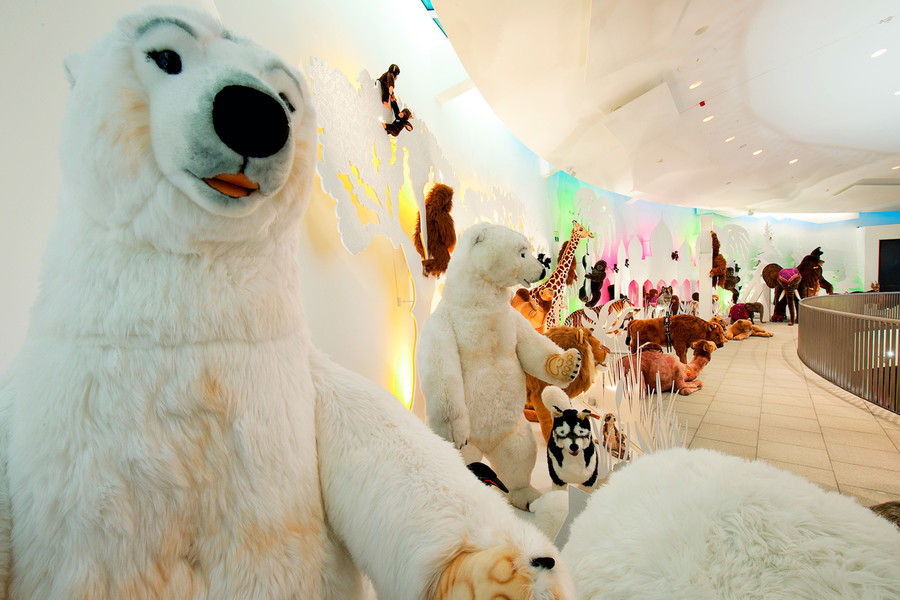
The stuffed animal exhibition in the Steiff Museum in Giengen an der Brenz not only lights up children's eyes. | © Steiff, David Franck
| © Steiff, David FranckMargarete Steiff crafted little felt elephants as pincushions for her friends. But their children loved them so much that Margarete continued to sew stuffed toys. She opened workshops in Giengen an der Brenz in 1880. The STEIFF MUSEUM has thousands of animals with the Steiff button in their ear for you to admire.
5. Hugo Boss
How do you get to (be) Boss?
Outletcity Metzingen
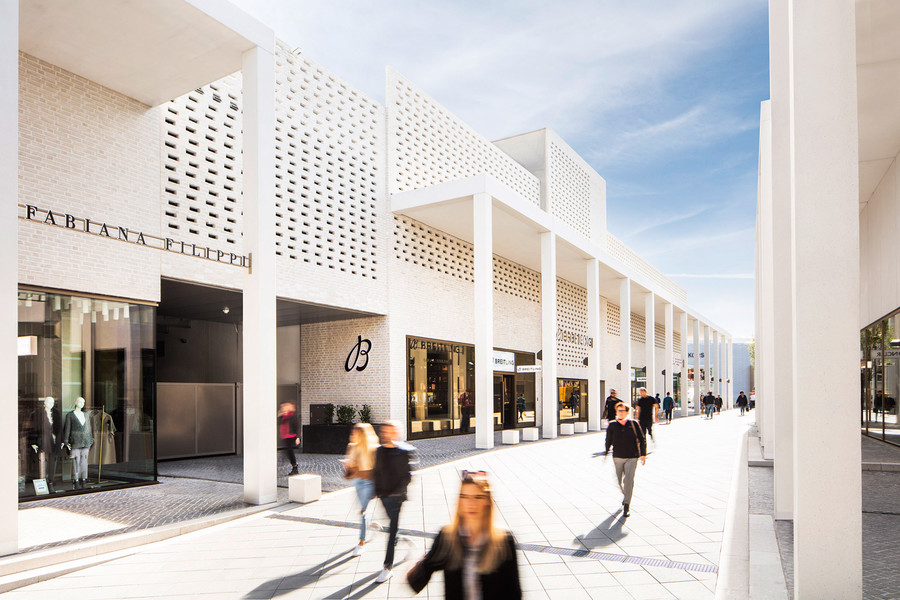
Hugo Boss launched the first factory outlet in Metzingen. Today, all the big designer brands are present in Outletcity Metzingen. | © HOLY AG, Johannes Vogt
| © HOLY AG, Foto: Johannes VogtEvery year, more than 4 million fashion fans shop in Outletcity Metzingen’s over 100 shops. Its origins were modest. Hugo Ferdinand Boss opened a clothing factory in the Swabian Alb in 1924, and by 1970 it had a factory shop. Outletcity Metzingen still has a (Hugo) Boss Outlet Store today.
 Tin and glory
Tin and glory
6. Märklin model railways
Tin and glory
Märklineum Göppingen
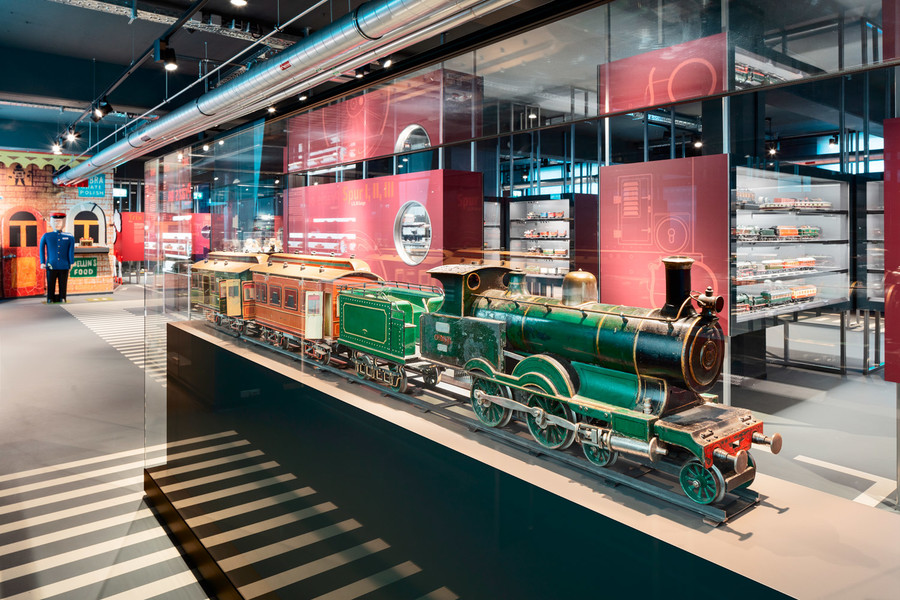
The Märklineum in Göppingen presents a model railway installation covering more than 100 square metres. A time travel through 160 years of company history. | © Märklin
| © MärklinEven if you aren’t a model railway fan, you’ll know the name of Märklin. It’s a byword for (tin) toys and all the associated memories. Theodor Friedrich Wilhelm Märklin founded his company in Göppingen as early as 1859. The Märklineum opened in the production rooms of the 1950s and shows the living history of model railways – a thrilling experience.


